Why you should be using data for your farm business
Farmers are always being told to use data to monitor and record yields or herd performance, but many cannot see the value, especially with high price tags on a lot of precision farming kit.
Investing can be off-putting in austere times, especially if there is no information on how new technologies can give a return.
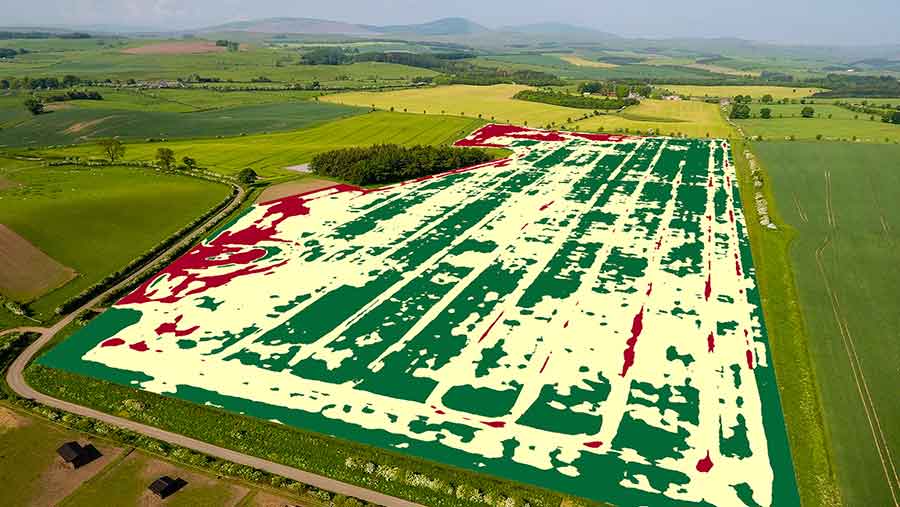
© Drone AG
But using data is not only for big producers. For example, Welsh hill farmers John and Sarah Yeomans believe recording individual data on tagged animals is key to the progression of their 115ha beef and sheep enterprise, near Newtown.
In 30 years of farming, the Yeomans have always recorded data on their pedigree Beulah sheep flock and used it to improve lambing percentage from 90% to 165% and their carcass size from 13.6kg to 20kg.
They have upgraded to electronic identification (EID) to remove human error and improve the speed and accuracy of data collection.
But whether on a big or small scale, knowing you are getting the best out of your data is what ultimately counts.
See also: How to get started with a drone to monitor crops
Meeting the challenge
Data is only valuable if farmers use it to drive what happens on the ground. Here are some generic approaches used by some of the country’s best-performing farms.
Discrimination
Using data to tailor the way you treat different parts of a field, or different animals in a flock/herd.
The classic use is in precision cropping, where information such as yield, soil composition and pest density is used to drive variable-rate application of seeds, fertiliser or chemical inputs.
But it can also be used with livestock, using data such as weight and growth rate to customise feed and meds to individual animals.
Benefit: Applying the right amount of input where it’s needed leads to higher yields and reduced costs.
Benchmarking
Comparing your data with aggregated data from other similar farms. Usually several different measures are compared, covering yield/output, costs, health/disease or anything else that has an impact on the performance of the business.
The results tell you which aspects of your business compare well or badly to the average achieved by similar farms.
Benefit: Knowing where you are underperforming helps to focus your attention on the areas where there is most scope for improvement.
Optimisation
Looking for correlations between good or bad performance and the decisions which led to that performance.
For example, using data to single out your most profitable animals and identifying which genetic lines they came from, what feed regime was applied or even where on the farm they were kept.
Benefit: Repeating what works well and changing what doesn’t enables your to ratchet up performance.
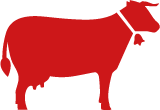 Dairy
Dairy
- Feed costs: Improving feed efficiency can reduce costs more than any other input. Feed costing systems such as Kingshay Dairy Costings allow dairy farmers to compare herd performance with others.
- Fertility: An increasing number of dairy farmers are using data inputting tools, such as CIS and InterHerd+, to benchmark farms and improve fertility, including pregnancy rates and cows in calf at 100 days.
- Calving issues: Most milk recording systems allow farmers to log metabolic disorders and other health-related issues at calving time. Production, yield and fertility can all be affected.
 Pigs
Pigs
- Production monitoring: Data on temperature, feed and water intake can signal early signs of disease in pigs before symptoms become visually apparent. Data captured on remote monitoring systems such as Farmex’s BarnReport Pro can be used to increase production gains.
- Electronic Medicine Book for Pigs (eMB-Pigs): Developed by AHDB, this enables individual pig producers to record accurate on-farm antibiotic usage data and compare it with others to help curb antibiotic use and reduce costs.
- Analysis of slaughterhouse data: Samples collected at the abattoir can inform producers about herd health and efficacy of vaccine programmes against diseases, including porcine reproductive and respiratory syndrome (PRRS).
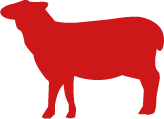 Sheep
Sheep
- EID recording: This lets sheep farmers collect data to help improve the performance of the flock, including lambs in different areas of fields, breeding and selection of stock for slaughter. It also enables shared information with vets for better understanding of flock health needs.
- Forage decisions: Call the agronomist in to take samples or test soils and use that data to select the best forage crop for your fields. Choosing the right forage crop can save money on feed and concentrates.
- Ram performance: Industry scheme RamCompare aims to drive genetic improvement forward through the inclusion of commercial data in genetic evaluation. Six commercial farms are testing five breeds and data from their lambs is being collected through to slaughter.
See also: Performance recording helps lift lamb cheque by £9k/year
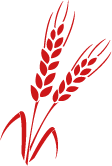 Arable
Arable
- Precision weed mapping systems: These enable growers to use aerial imagery to drive variable seed rates and to inform decisions on targeted patch spraying, especially for management of blackgrass infestations.
- Variable rate nitrogen (N)/plant growth regulators or desiccants: Real-time sensors, such as Yara’s N-Sensor, process variable-rate application data directly to the spreader or sprayer. Kit can be costly, but growers who use it report good financial benefits, including less lodging, especially in OSR.
- Satellite guidance systems: Precision guidance systems on tractors are very popular for large arable growers. GPS software such as mobile RTK makes harvesting more accurate and less tiring for operators. Any form of guidance is better than no guidance, even for smaller farms.
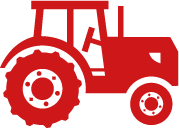 Machinery
Machinery
- Drone mapping: Farm drones provide detailed aerial maps of fields, enabling farmers to take data-driven decisions. High-resolution imaging can identify issues with crops, including pests, weeds and drainage problems. Drones have potential to be used to check livestock too.
- Telematics: This technology captures data from farm equipment operating in a field and transfers it to the internet in real time. Information can be accessed on a smartphone so bosses can keep track of their fleet in the field from the comfort of the office.
- Robots: Robotic technology holds the key to the future of farming. Case IH and New Holland are developing unmanned tractors that work round the clock with real-time data monitoring to boost precision and productivity.
See also: Simple guide to combine telematics and performance monitoring
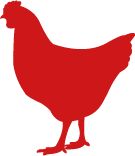 Poultry
Poultry
- Egg monitoring: Software packages, provided by companies such as Eggbase, give packers, producers and pullet rearers visibility over their business data. Producers benefit from the automatic uploading of gradings and easier access to key flock performance data.
- Genomics to improve breeding: Genetic selection programs for poultry are promoting continuous improvements in bird health and reductions in feed conversion ratios.
- Precision farming for broilers: Poultry farmer David Speller, from Chesterfield, is using modern technology to monitor birds, including motion detection cameras to track activity and automatic bird weighers to keep tabs on growth.
